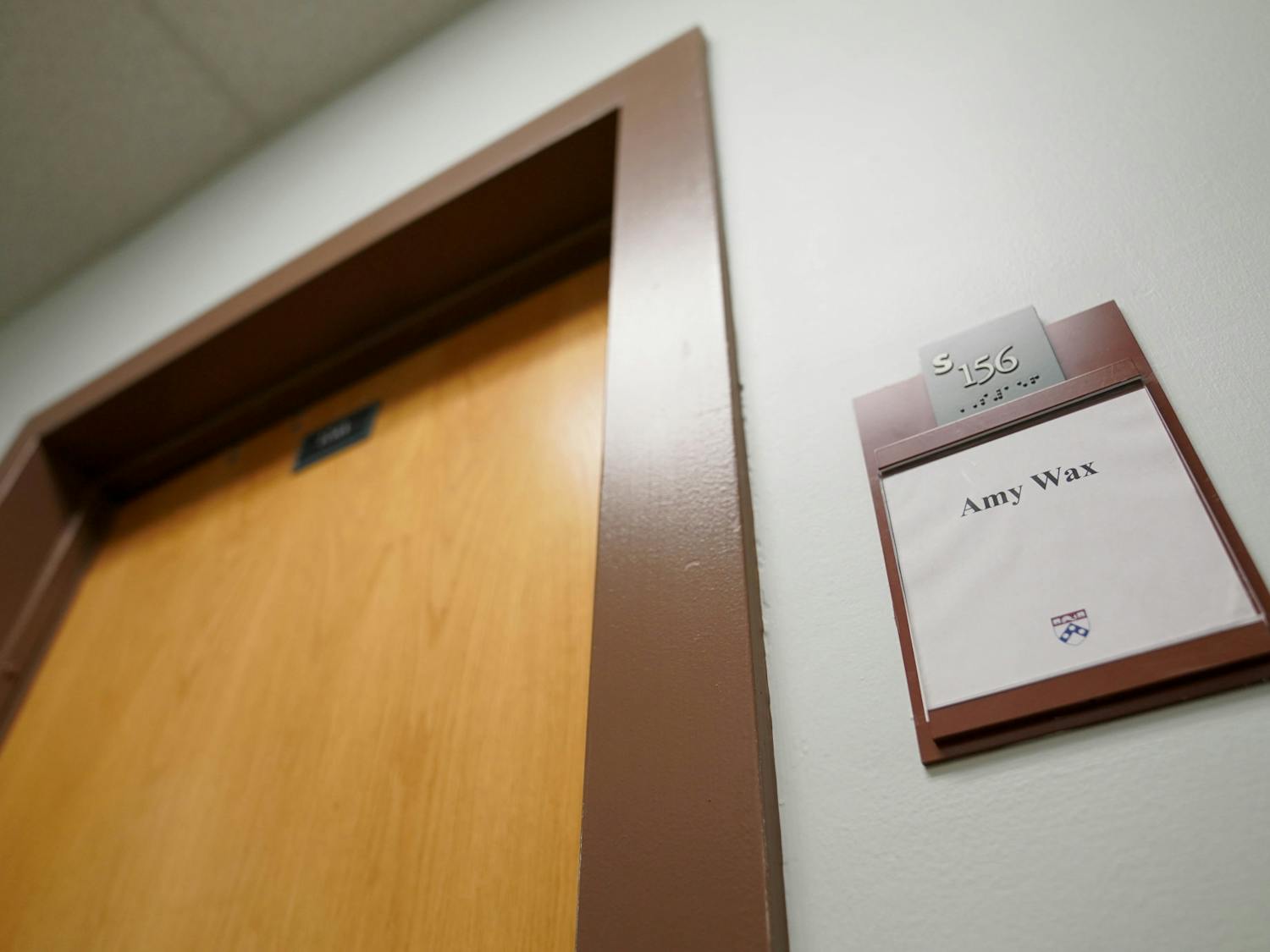East Brunswick, N.J. More than a year after Managing Director of Public Safety Thomas Seamon released his master plan for campus security in March 1996, the department has accomplished or begun work on several of the 40-page document's proposals for improving policing and security issues, as well as town-gown relations. But many of the department's most highly publicized recent initiatives -- increasing the total number of University Police officers and the number of security guards operating west of 40th Street, opening a temporary Public Safety mini-station on 40th Street last January, and the creation of the 40th Street Action Team to improve the corridor's aesthetics -- were not even mentioned in the original plan. The University has focused much of its safety efforts on 40th Street, the road more or less constituting a campus border where College senior Patrick Leroy was shot September 25 after a wave of robberies in that area. And although officials have maintained that the shooting merely expedited the hiring of 19 new patrol officers which had been in the works for some time, the other major security initiatives not mentioned in Seamon's plan are clearly attributable to the fall-semester crime wave and Halloween night murder of University biochemist Vladimir Sled near 43rd Street and Larchwood Avenue. While praising the strategic plan and some of its specific goals, critics have chided Seamon for leaving out timetables or details on many of the initiatives -- hinting that the lack of particulars might produce a corresponding lack of enthusiasm in the department's pursuit of the goals. "One of the reasons specifically that I did not put dates in the strategic plan is because when we put it together we didn't know how long many of these things would take," he said. Seamon's plan is the third such proposal released in as many years, including a 1994 plan released by then-University Police Commissioner John Kuprevich, whom Seamon replaced in 1994. But despite the quantity of impromptu initiatives, many of the plan's approximately 27 separate objectives have already been accomplished or are works in progress: · Seamon announced a $3 million contract with the Sensormatic Electronics Corporation to provide a state-of-the-art campus security system. · The University purchased properties on the 4000 block of Chestnut Street that will house the entire Division of Public Safety starting next year. · In addition to the 40th Street improvements, plans are in the works for a University City Special Services district similar to one in Center City. · The University contracted with Spectaguard to consolidate security guard operations on campus. · The University Police command structure was overhauled in January 1996. · University Police doubled their investigative staff by hiring four former Philadelphia Police detectives. · Many officers have been certified to use new semiautomatic handguns. But the department has run into some delays and difficulties with other parts of the strategic plan, often due to unforeseeable circumstances. For instance, Seamon explained that bureaucratic red tape, factory shortages and community opposition have delayed the installment of 61 new emergency blue-light telephones on and around campus. The first new blue-light phone was installed on campus in late March, five months after officials first announced plans to install additional phones and three months after all 61 phones were originally slated to be installed. The new phones run on solar power and use cellular technology to test themselves for defects. In addition, the Sensormatic contract announcement led many students to expect exotic biometric devices -- such as palm readers and iris scanners -- around campus in the near future, but Public Safety officials are waiting for student feedback before they finalize plans for the new equipment. And the transition from five separate security guard companies to Spectaguard has "had its growing pains," Director of Police Operations Maureen Rush acknowledged recently. But she added that the visibility of Spectaguard officers patrolling around campus contributed to the decreased number of crimes in the three-month period last November through January. There were initial communication problems between police and the security personnel because the Spectaguard officers were not on the same radio frequency as University Police, making direct communication impossible, Rush said. The lack of adequate communication prevented Spectaguard officers from being able to inform police immediately of suspicious situations or individuals and often left them unaware of police activities.
The Daily Pennsylvanian is an independent, student-run newspaper. Please consider making a donation to support the coverage that shapes the University. Your generosity ensures a future of strong journalism at Penn.
Donate







